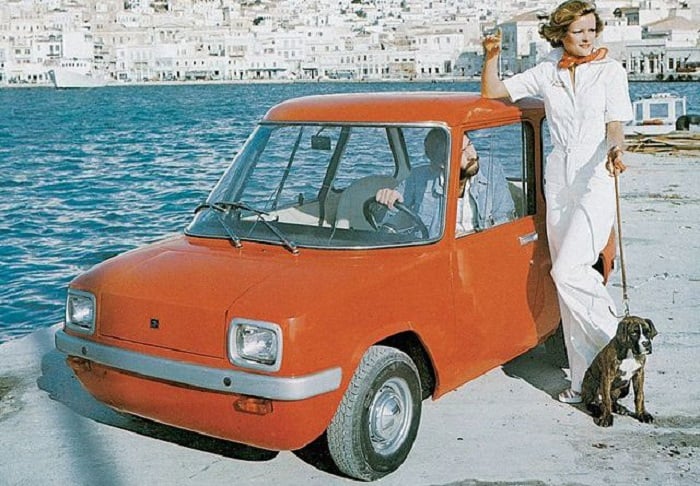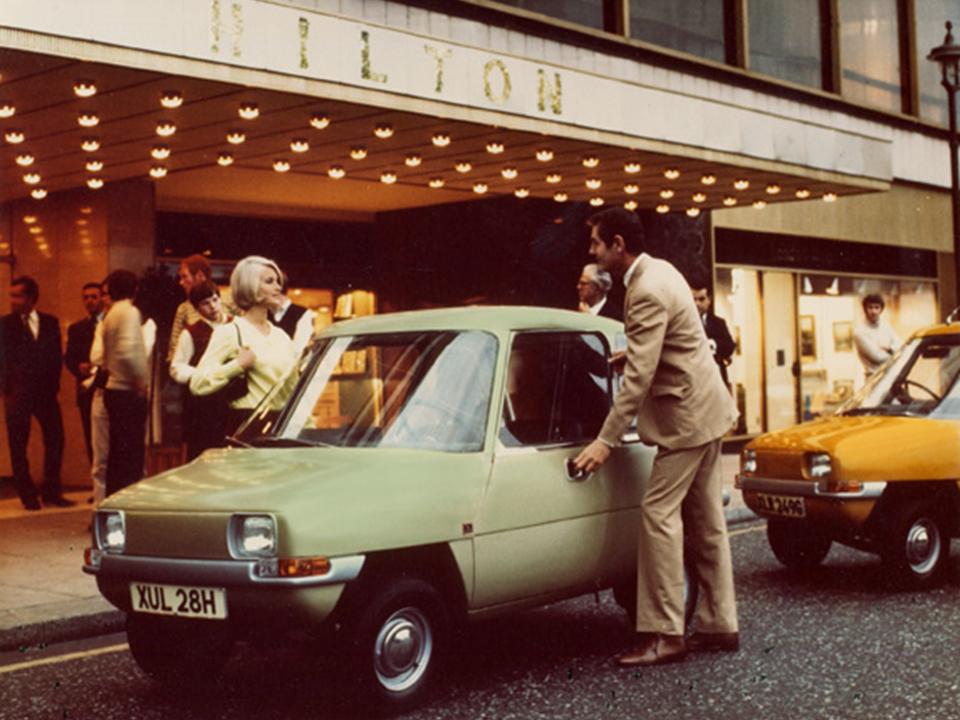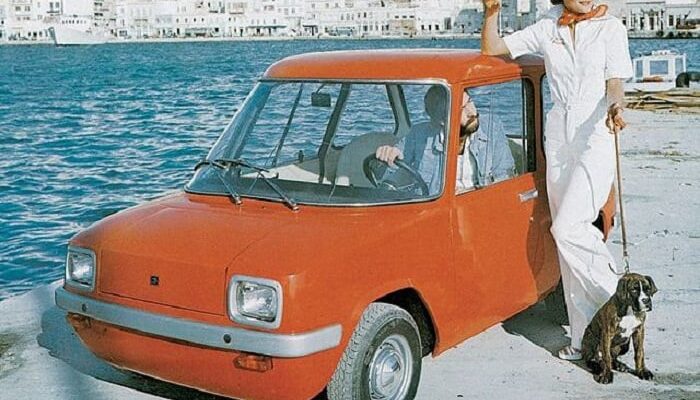
An electric car that was built on Greece’s island of Syros in the 1970s was one of the world’s first mass-produced electric cars.
Decades before Elon Musk’s Tesla, the Enfield 8000, built at Neorio, Syros, was the brainchild of the UK-based Greek millionaire Giannis Goulandris.
Goulandris had a business called Enfield Automotive which was based on the Isle of Wight.
He pioneered the design of the electric car way back in the 1960s when the United Kingdom Electricity Council invited people in a competitive way to build an electric car. The Enfield 8000 was born from that idea.
The electric car was initially produced in the UK
The car had passed all the necessary tests for production in the United Kingdom and was on its way to being produced in the USA.
It is said that the then Governor of California Ronald Reagan sent a cargo plane to have three Enfield 8000’s transported to California in support of his Clean Air legislation.
However, it was never produced in the United States.

120 cars were built in total of which sixty-five were used by the Electricity Council and electricity boards in southern England.
Even today, some of these vehicles are still advertised for sale in the UK. One is kept as an exhibit at the East Anglia Transport Museum at Carlton Colville in the UK.
Its unique aerodynamics were based on designs made by another Greek man, Konstantine Adraktas, who was the Chairman and Managing Technical Director of Enfield.
Production of the Enfield 8000 moved to Greece
The car was eventually produced in Greece after the company was incorporated into Neorion (also owned by Goulandris), and renamed Enfield-Neorion.
There have been many arguments regarding the reason why Goulandris decided to produce the car on the island of Syros in Greece, including conspiracy theories. Thanos Lebesis, the General Manager of Enfield-Neorion at the time, argued that Mr. Goulandris had thought that “the company was owned by Greeks, the car was designed by Greeks, so it should also be produced by Greeks.”
The car was considered to have great potential in the early seventies, a time when there was a global oil crisis.
Production ceased in 1977, however, because the tax categorization issues with its electric power in Greece made it unprofitable.
Performance-wise, it wasn’t too sharp. It could do up to thirty miles per hour in less than thirteen seconds. Its top speed was about forty-eight miles per hour, and its battery range only allowed motorists to go fifty-odd miles—and that was at a slow speed!



